Benefits of Guduchi, dosage, side effects and how to use?
What is Guduchi? Guduchi , the powerhouse of Ayurveda. There are many benefits of guduchi with its exceptional medicinal properties, Guduchi …
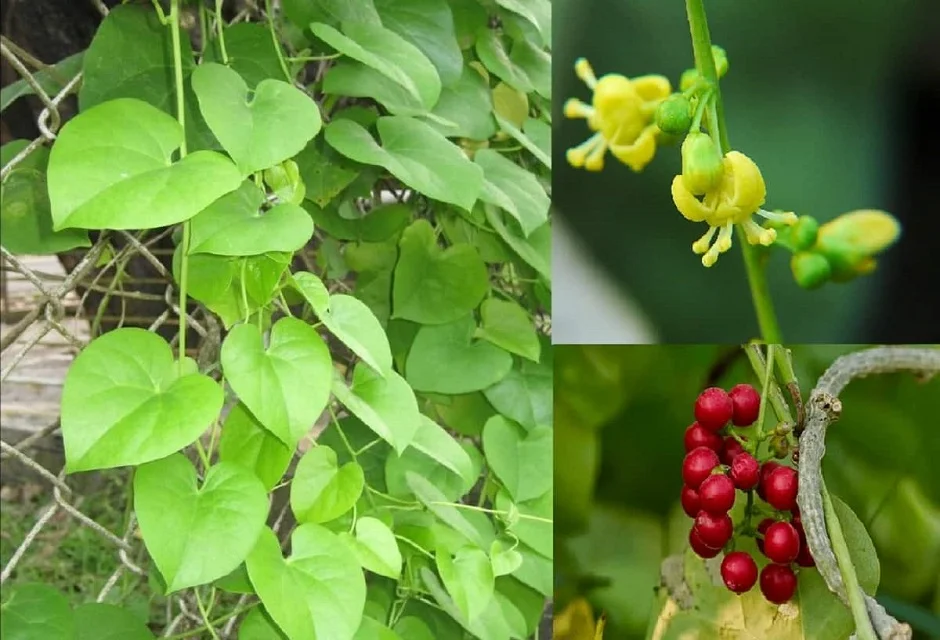
What is Guduchi?
Guduchi , the powerhouse of Ayurveda. There are many benefits of guduchi with its exceptional medicinal properties, Guduchi has been revered for centuries in traditional Indian medicine for its ability to promote optimal health and balance in the body. From boosting the immune system to detoxifying the body,
In this article, we will dive into the versatile benefits of Guduchi and explore how this remarkable herb can be incorporated into your daily routine. Whether you are seeking to enhance your immune system, support digestion, or promote overall wellness, Guduchi is here to unlock the secrets of optimal health. So, grab a cup of tea, sit back, and let us guide you through the incredible world of Guduchi. Get ready to unleash the power of this Ayurvedic gem and take your health to new heights!
Origin of Guduchi
According to Bhavprakash Nighantu, “During the war between Rama and Ravana several monkeys were killed. At the end Lord Indra sprinkled Amruta on their dead bodies and gave them life, During the process wherever the amrita drops have fallen on the ground, the Guduchi plant originated” (Bha.Ni.).
What is the Morphology of Tinospora cordifolia?
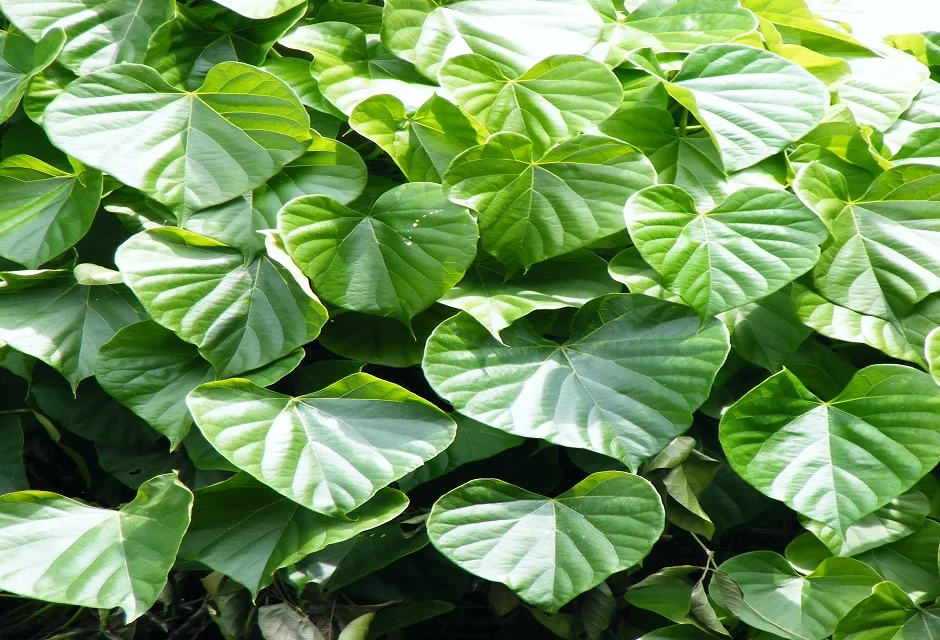
Latin name– Tinospora cordifolia(Willd.) Miers. (Fam, Menispermaceae)
Tinospora cordifolia is a large climber with succulent, corky, and grooved stems. Its branches possess slender pendulous fleshy roots. Its leaves are membranous, glabrous, and 5-10cm long. It has pale yellowish-white flowers and fruits the size of large peas. It is found throughout India.
Type of Guduchi
Dhanvantari Nighantu described two varieties of Guduchi:
- Guduchi
- Kandodbhava Guduchi
Gangadhar mentioned another variety (Ganga, Ch.Su.4):
- Padma Guduchi
Synonyms
गुडूची नामानि-
गुडूची मधुपर्णी स्यादमृताऽमृतवल्लरी |
छिन्ना छिन्नरुहा छिन्नोद्भवा वत्सादनीति च ||६||
जीवन्ती तन्त्रिका सोमा सोमवल्ली च कुण्डली |
चक्रलक्षणिका धीरा विशल्या च रसायनी |
चन्द्रहासा वयस्था च मण्डली देवनिर्मिता ||७||
Amritavalli, Amrta, Madhuparni, Guduchika, Chinnodbhava, Chhinruha, Vatsadani, Tantrika, Kundalni, Chakralakshanika, Avyatha, Gundra, Chakrangi, Chandrahasa, Jivantika, Jvaranashini, Jvarari, Devanirmita, Dhara, Naga kanyaka, Nagakumarika, Bhisakpriya, Mandali, Rasayani, Vayastha, Vara, Visalva, Shyama, Surakarta, Soma, Somvalli
Classical Categorization
Charak: Vayasthapana, Dah prashamana, Trishna Nigrahana, Triptighna, Stanya Shodhana
Sushruta: Guduchyadi, Patoladi, Valli panchmula, Kakolyadi, Aragvadhadi
Vaghbhatta: Guduchyadi, Patoladi, Aragvadhadi
Other/Regional Language Names
- English: Heart-leaved moonseed
- Gujarati: Galac, Garo
- Hindi: Giloy, Gurcha
- Kannada: Amrutaballi
- Kashmiri: Amrita, Gilo
- Malayalam: Chittamrutu
- Marathi: Gulvel
- Oriya: Guluchi
- Punjabi: Gilo
- Tamil: Seendal, Seendil kodi
- Telugu: Thippateega
- Urdu: Gilo
- Assamese: Siddhilata, Amarlata
- Bengali: Gulancha
Constituents
Terpenoids and alkaloids, gilion, Berberine
Rasa Panchak
- Rasa: Tikta, Kashay
- Guna: Laghu
- Virya: Ushna
- Vipaka: Madhura
- Karma: Tridoshashamaka, Sangrahi, Balya, Dipana, Rasayana, Raktashodhaka, Jvaraghna
References in Ayurvedic texts
अमृता सांग्राहिक-वातहर-दीपनीय श्लेष्मशोणितविबन्धप्रशमनानाम्।
(च० सू० 25-40)
गुडूची कटुका तिक्ता स्वादुपाका रसायनी ॥
संग्राहिणी कषायोष्णा लघ्वीबल्याऽग्निदीपिनी ।
दोषत्रयामतृड्दाहमेहकासांश्च पाण्डुताम् ॥
कामलाकुष्ठवातास्त्रज्वर क्रिमिवमीन्हरेत् ।
प्रमेहश्वासकासार्शः कृच्छ्रहृद्रोगवातनुत् ।।
(भा० प्र०, गुडूच्यादिवर्ग; 8-10)
What are Benefits of Guduchi?
- Kushtha
- Vatarakta
- Jvara
- Kamala
- Pandu
- Prameha
- Bhagnasandhan
- Amvatagranthihara
- Kapha Apacihar
- Puran medohar
What is the use of Guduchi in texts?
- The fresh juice of Guduchi (20ml twice daily) may be used as medhya (C.S.Ci.1/1)
- Guduchi Svarasa (juice) + Satāvarī svaras equal parts (10ml each) are mixed and given along with jaggary (Guda), in vāta jvara ( S.S.Ut. 39/174)
- Decoction prepared with Guducī, Parpati & Amalakī (500- 100ml) may be administered in case of Pitta Jvara (Ha. Sam.3/ 2/71)
- Guduchi Svarasa with honey is useful in Prameha (A.H.Ci. 12/6)
- Guduchi Svarasa along with gingerly oil (Taila) is given orally in slipada. (C.D.42/16)
- Leaves of Guduchi, Nimba, and Patola are made into juice and administered along with honey in Amlapitta (B. P.Ci.10/16)
- Guduchi Hima Kasāya may be given orally along with honey in Chardi. (Bha. Pra. Ci. 17/21)
- Chronic administration of Guduci in either juice or paste or powder or decoction form will cure Vātarakta (B.P.Ci. 29/41 & V. M. 23/10).
- Guduci + Maricha are to be taken with hot water early in the morning in Hridgatvata(V.S.)
how much is Dose?
3-6 g of the drug in powder form
20-30 g of the drug for decoction
What are the Useful Part
Kanda (Stem)
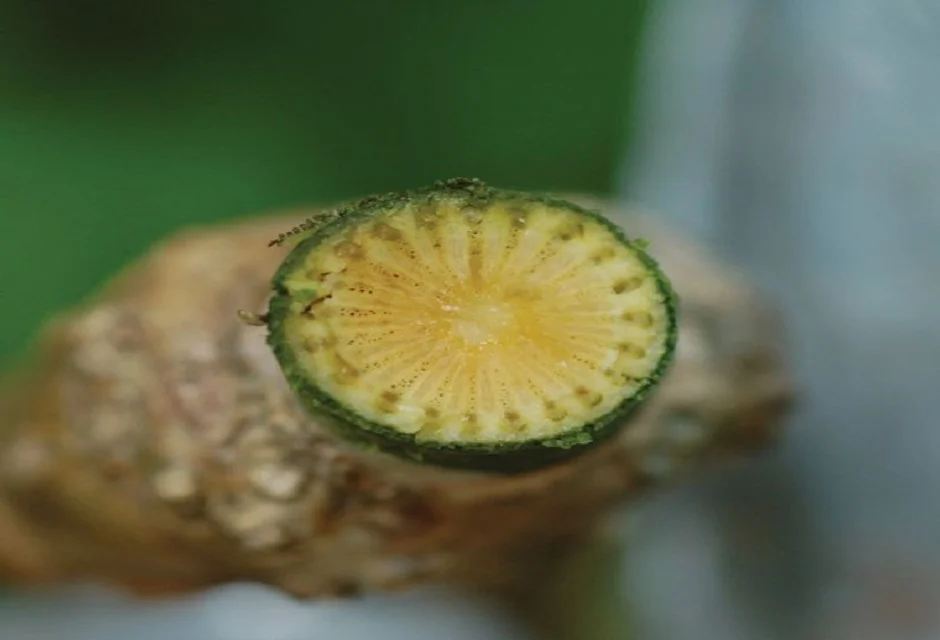
What are the side effects of Guduchi?
- Guduchi might lower blood sugar levels.
- Tinospora cordifolia exerted liver protection, Tinospora crispa had a contrary effect, suggesting its cis-Clerodane-type furano-diterpenoids might be an important factor in inducing hepatotoxicity
- Side effects are of taking the drug in high doses, under the guidance of qualified vaidya, or in appropriate doses it is safe to consume.
Additional information
List of formulations
- Shanshamni Vati
- Amritarishta
- Guduchi Satva
Morphology – Lata(Climber)
Research
- Importance of Guduchi
- It is found to be an effective anti-rheumatic and diuretic (Sisodia & Laxminarayan, 1966).
- Rai & Gupta (1966) have carried out the experiments on the lithotriptic activity of T. Cordifolia. In 22 rats the stone formation was induced by implanting zinc pellets into the bladder. The deposition of the secondary salts over the zine pellet was inhibited by the aqueous extract of T. Cordifolia. The anti-inflammatory property is reported by Rai &Gupta(1966). Water extract showed significant anti-inflammatory activity in rats against the acute and chronic types of inflammation-induced. It is reported to be one-fifth potent as an analgesic when compared to sodium salicylate.
- Aqueous extract produced smooth muscle relaxation of intestines, and uterus and inhibition of constrictor response of histamine and acetylcholine on smooth muscles (Gupta et al. 1967).
- Aqueous extract of the stem was found to antagonize the effects of various agonists like histamine, SH-T, bradykinin, and prostaglandins E, & E, on the smooth muscles of guinea pig and rat (Singh et al; 1975).
- Administration of aqueous extract (30 days) showed significant improvement in glucose tolerance in rats (Gupta et al: 1964).
- Oral administration of the aqueous and alcoholic extract of the plant significantly reduced FBS in rabbits and rats. The bitter fraction of aqueous extract produced a significant reduction in the blood sugar level, but it effectively inhibited adrenaline-induced hyperglycemia significantly (Gupta et al, 1967).
- Its aqueous extract (stem) effectively reduced blood sugar levels in the alloxan-induced hyperglycaemic rats and rabbits in a dose of 400gm/kg (Raghunathan & Sharma, 1968)
- The anti-hyperglycaemic effect of aqueous and alcoholic extracts as well as lyophilized powder of T. cordifolia was evaluated in diabetic animals using different doses of diabetogenic agents for varying duration (21-120 days) to assess their effect in mild (plasma suger<180mg/dl, duration 21 days), moderated (plaswasagar 280mg/dl, duration 120 days) and severe (plasma sugar 280gmldl. duration 60 days) DM. In the pilot study (mild diabetes), a maximum reduction of 70.37% in glucose levels was seen in animals receiving 400mg/kg per day of aqueous extract after 3 and 15 weeks of treatment. The percentage reduction in glucose decreased significantly in the moderate and severe diabetics ie: 48.81% (Grover et al, 2000).
- Hepatoprotective activity was also reported. Conditions simulating viral hepatitis, fatty infiltration, and cirrhosis were induced in rats by using CCI, in different doses and for variable durations and frequencies. The acute liver damage was not prevented by T cordifolia but the chronic damage was effectively prevented. It prevented the fibrous changes and promoted regeneration by parenchymal tissue (Rege et al, 1984a) Aqueous suspension of the alcoholic extract of the stem protected the liver from injurious effects of CCI4 in mice, rats, and rabbits. The protection is afforded also to the derangement induced by the chronic hepatotoxic effect of CCI, Prevention of fibrosis by the plant might be by its action on the immune process (Singh B et al: 1984 a).
- The antioxidant activity of root extract (2-5 & 5g/kg for 6 weeks) is reported in alloxan diabetic rats (Prince PSM. et al: 1999)
- Oral administration of 2.5gm and Sg/kg body weight of squeous extract of roots for 6 weeks resulted in a significant reduction in thiobarbituric acid reactive substances and in- crease in reduced glutathione, catalase, and superoxide dismutase in alloxan diasetic rats (Prince & Menon, 2001).
- Administration of aqueous extract of roots (2.5 & 5g/kg for 6 weeks) significantly reduced the serum and tissue cholesterol phospholipids and free fatty acids in alloxan diabetic rats. The root extract (5g/kg) showed the highest hypolipidemic effect (Prince et al. 1999)
- Its aqueous extract has a high phagocytic index. The active constituent in the drug was also found to inhibit in vitro the growths of M. tuberculosis (Annual Report ICMR, 1968-60 1992 &Anon, 1976)
- Ethanolic extract of stem and leaves exhibited significant antipyretic activity at an experimental rate (Vadavathy& Rad 1991).
- Antiallergic properties of an aqueous extract of T. cordifolia stem on histamine-induced bronchospasm in guinea pigs and experimental rats were evaluated. The extract significantly reduced the bronchospasm in guinea pigs, reduced the capillary permeability in mice, and reduced the number of disrupted mast cells in rats (Nayanpalli et al: 1986).
- T cardifolia was found to be active against Leishmania donovani when administered to golden hamsters (Singha U.K et al; 1992). Alcoholic extract is found to be effective against Esch. Coli (Gupta et al: 1967).
- The efficacy of T. cordifolia was evaluated against E. coli-induced peritonitis in mice. Pretreatment with T. cordifolia (100mg/kg/day for 15 days; orally), produced leucocytosis with 26% mortality at 16 hrs, as against 100% in controlled animals. These results are indicative of the immunomodulatory properties of the drugs (Thatte U. et al: 1987).
- The protective effect of pretreatment with T. cordifolia against mixed abdominal infection induced by cecal ligation was studied in rats. The drug (20mg: 40mg & 100mg/kg body wt.) effectively reduced the mortality rate in a dose-dependent manner. The results were comparable to that in the group given metronidazole and the infection and better sac formation. There was no increase in the peripheral neutrophil count and peritoneal macrophages which was associated with increased phagocytic activity of macrophages (Dhanukar et al: 1988).
- The potentiality of T. cordifolia in cancer management is identified (Thatte U. et al; 1996). Administration of stem methanolic extract to BALB/C mice (200mg/kg, i.p. daily for 5 days) increased the total WBC count significantly (p<0.001). n also increased bone-marrow cellularity and alpha-esterase-positive cells in bone-marrow Indicating increased malnutrition of stem cells. Administration of the extract also significantly raised humoral cell response, as seen from the increase in plaque-forming cells in the spleen and circulatory anti-body titer, and produced an enhancement in macrophage activation. The extract decreased the solid tumor growth and synergistically acted with cyclophosphamide in reducing (83%) the animal tumors.
- 60 rats of Charles Foster strain weighing 200-250gm were used to study two formulations with T. cordifolia. There were 6 groups with 10 rats each. All animals feel for 15 days in prescribed doses after which they were subjected to cold immobilization stress. Subsequently, Evans Blue was injected. 15 minutes, after injection animals were killed and their stomach removed. The quality of Evans Blue in the stomach was established. Pretreatment with all plant products (including T cordifolia) significantly reduced gastric damage (Till, 1994). The alcoholic extract of roots was found to possess normal ising activity against stress-induced changes in norepinephrine (NE), dopamine (DA), 5- hydroxytryptamine (5-HT), and 5-hydroxy indole acetic acid (5-HIA) levels in rats (Sarma D.N.K. et al; 1995). Both T. cordiolia and C. asiatica (ethanol extracts) exhibited significant antistress activity (Sarma D.N.K., 1996). 16. T. cordifolia exhibited mild anti-ulcerogenic activity against gastric ulcers in rats (Biswas et al; 1993). The ethanolic extracts of the roots of T. cordifolia and Centella Asiatica administered at a dose of 100mg/kg daily, were observed to induce a marked protective action against an 8-hour resistant stress-induced ulceration. The activity was found to be comparable to that of diazepam in experimental albino rats. The antiulcer activity has been reported as a part of the overall adaptogenic activity (Sarma, 1995).
- L.V. administration of water extract in doses of 5,10 and 15mg/ kg produced a marked but transient fall in B.P. along with bradycardia in the anesthetized dogs. A decrease in the coronary outflow in the isolated preparation of rabbit heart and the above findings suggest that the basic action of the extract resembles the cholinometric drugs. It significantly reduced blood urea levels in uremic dogs and patients (Singh et al. 1975)
Clinical Studies
- A clinical trial on 20 T.B. patients (2 months study) revealed that T. cordifolia lowered clinical composite score earlier than placebo, produced higher weight gain, reduced sputum conversion time, hastened radiological recovery offered a better quality of life in the early phase. Therefore the use of T. cordifolia as an adjuvant to anti-tubercular chemotherapy is justified (Rege D.A. et al: 2001).
- Water extract of T. cordifolia was clinically evaluated in 50 patients of Amavata and Sandhigataväta. Out of these 48% got complete relief, 32% got partial relief and 20% showed some improvement (Mhaiskar V.B. et al; 1980).
- It has been observed that during the treatment with T. cordifolia, the frequency of asthmatic attacks has been considerably reduced in all asthmatics. There was also a reduction in the severity of symptoms, particularly cough and wheezing. Reducing the requirement of bronchodilators, including corticosteroids is noticed. Adjuvant treatment with T. cordifolia helps to maintain adequate pulmonary functioning in chronic asthmatics and maintain quality of life (Kulkarni, 1998).
- Guduchi Satva was administered in a dose of 500mg three times a day to 40 patients suffering from fever. Relatively long-term treatment of the patients was needed to get the best results (Kumar & Srivastava, 1995).
- In a clinical trial Guduci (powder 1-3gm t.d.s. and leaf juice 10 ml tds) was administered orally for 15 days in 20 patients suffering from jaundice. The results showed significant improvement (Shyamsunder, 1976).
Conclusion
Guduchi is a popular Ayurvedic medicine, often used in India to improve immunity and treat skin diseases. While little is known about this marvelous herb’s history, it has been used for thousands of years by Indians as part of their daily curative regimen. Nowadays, it is also used in several ayurvedic formulas worldwide to address a variety of health conditions including indigestion, fatigue, anxiety, and insomnia. With its antioxidant and antimicrobial properties, Guduchi has been shown to have significant effects against several different types of pathogens. It has been shown to have potential against the Zika virus, a common cause of viral malignancies including Guillain-Barré syndrome and malignant meningitis.
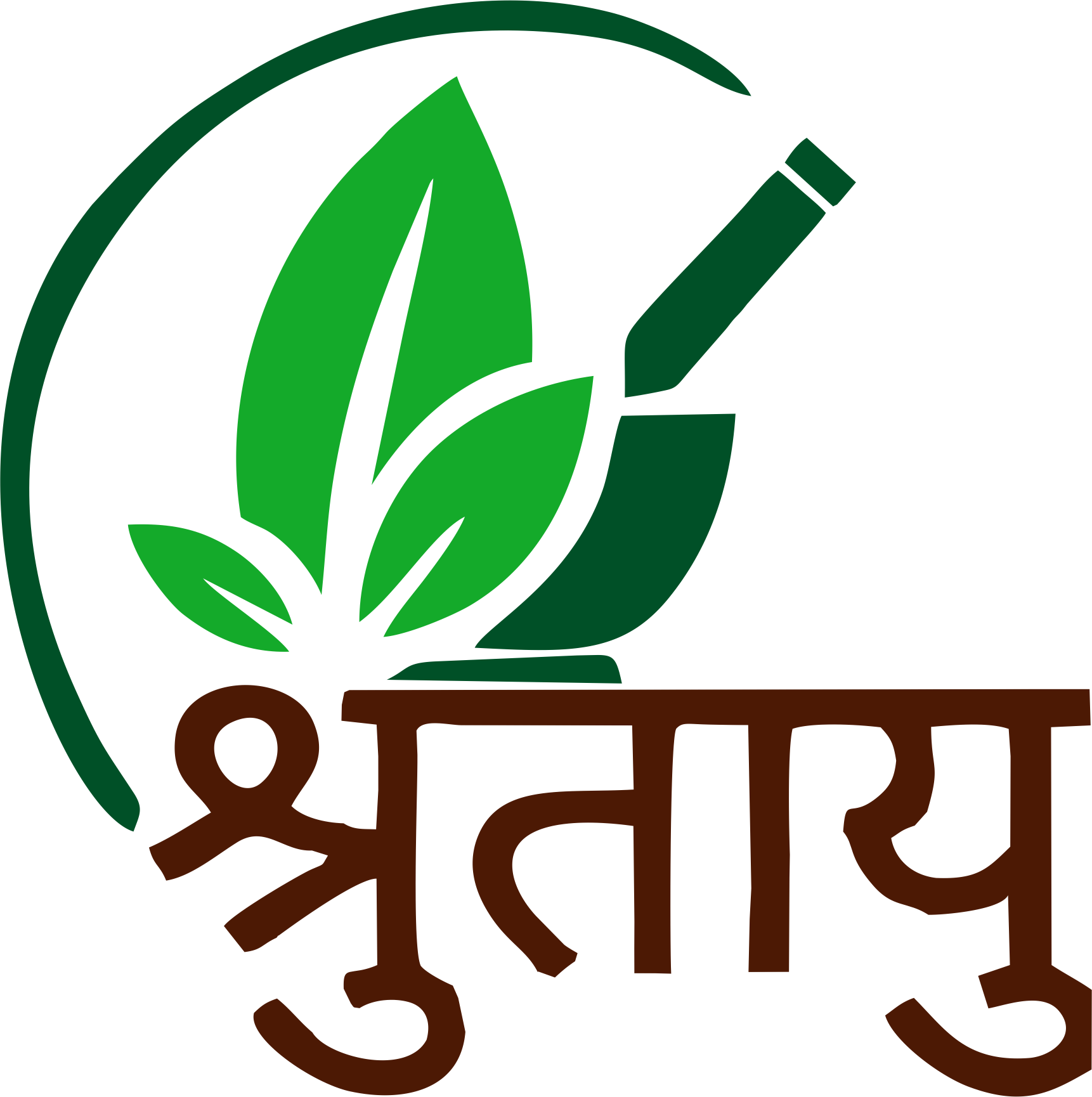




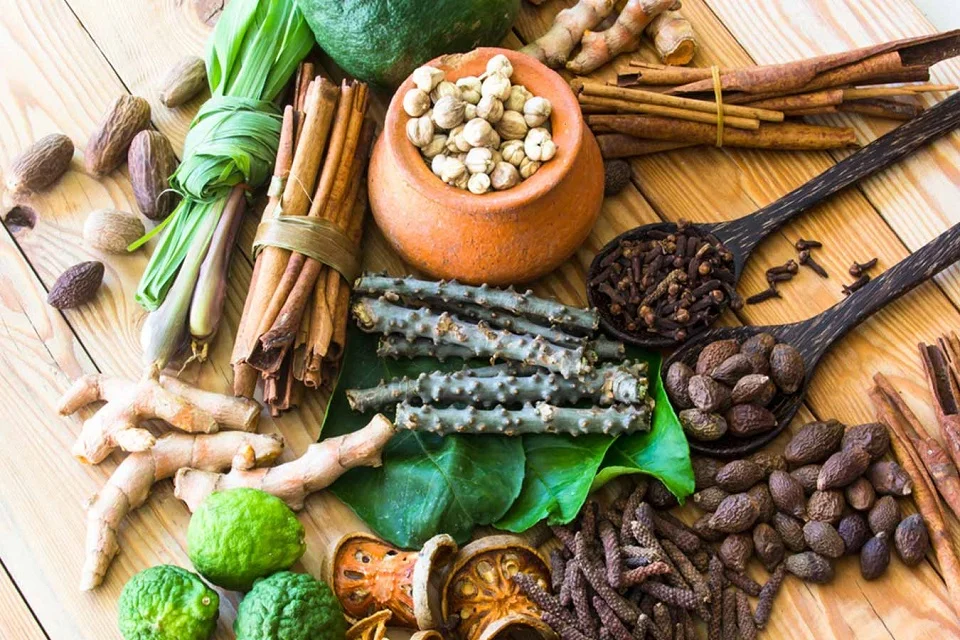
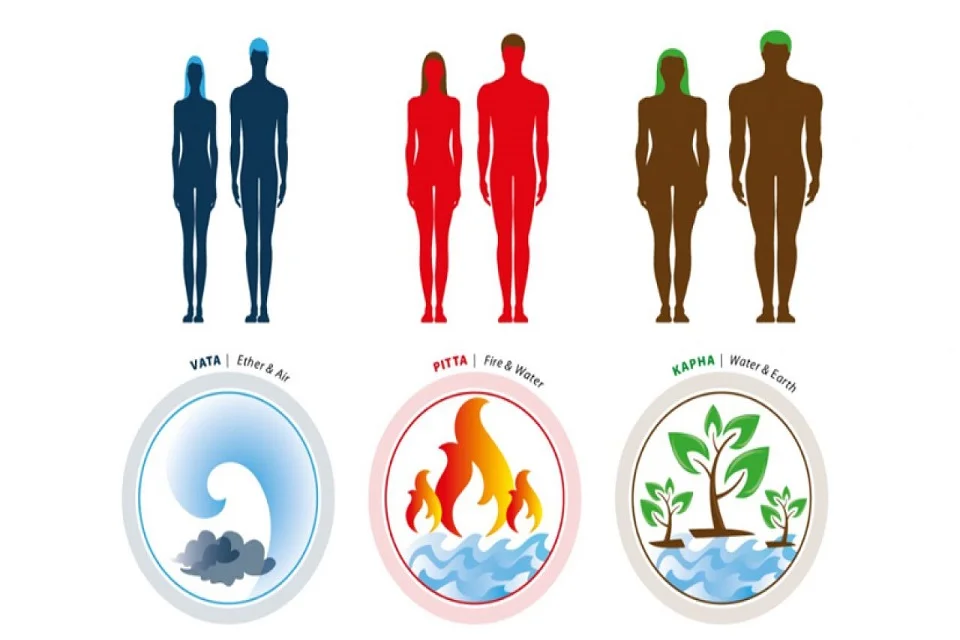

hi
hello